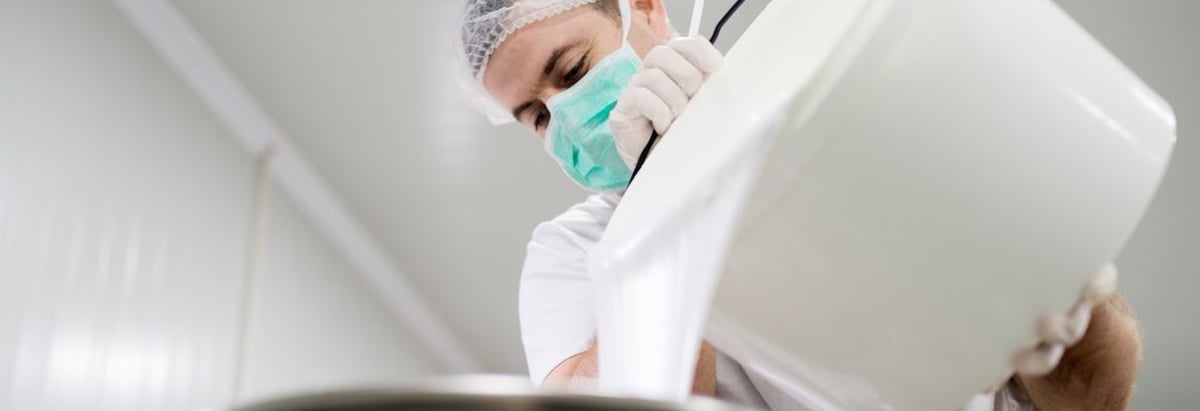Stock Analysis
Private companies invested in Luyang Energy-Saving Materials Co., Ltd. (SZSE:002088) copped the brunt of last week's CN¥440m market cap decline

Key Insights
- Significant control over Luyang Energy-Saving Materials by private companies implies that the general public has more power to influence management and governance-related decisions
- Unifrax Asia-Pacific Holding Limited owns 52% of the company
- 12% of Luyang Energy-Saving Materials is held by insiders
If you want to know who really controls Luyang Energy-Saving Materials Co., Ltd. (SZSE:002088), then you'll have to look at the makeup of its share registry. And the group that holds the biggest piece of the pie are private companies with 55% ownership. That is, the group stands to benefit the most if the stock rises (or lose the most if there is a downturn).
As market cap fell to CN¥5.9b last week, private companies would have faced the highest losses than any other shareholder groups of the company.
Let's delve deeper into each type of owner of Luyang Energy-Saving Materials, beginning with the chart below.
Check out our latest analysis for Luyang Energy-Saving Materials
What Does The Institutional Ownership Tell Us About Luyang Energy-Saving Materials?
Institutional investors commonly compare their own returns to the returns of a commonly followed index. So they generally do consider buying larger companies that are included in the relevant benchmark index.
As you can see, institutional investors have a fair amount of stake in Luyang Energy-Saving Materials. This implies the analysts working for those institutions have looked at the stock and they like it. But just like anyone else, they could be wrong. If multiple institutions change their view on a stock at the same time, you could see the share price drop fast. It's therefore worth looking at Luyang Energy-Saving Materials' earnings history below. Of course, the future is what really matters.
Hedge funds don't have many shares in Luyang Energy-Saving Materials. Unifrax Asia-Pacific Holding Limited is currently the largest shareholder, with 52% of shares outstanding. With such a huge stake in the ownership, we infer that they have significant control of the future of the company. For context, the second largest shareholder holds about 11% of the shares outstanding, followed by an ownership of 2.8% by the third-largest shareholder.
Researching institutional ownership is a good way to gauge and filter a stock's expected performance. The same can be achieved by studying analyst sentiments. There are plenty of analysts covering the stock, so it might be worth seeing what they are forecasting, too.
Insider Ownership Of Luyang Energy-Saving Materials
While the precise definition of an insider can be subjective, almost everyone considers board members to be insiders. Management ultimately answers to the board. However, it is not uncommon for managers to be executive board members, especially if they are a founder or the CEO.
Most consider insider ownership a positive because it can indicate the board is well aligned with other shareholders. However, on some occasions too much power is concentrated within this group.
Our most recent data indicates that insiders own a reasonable proportion of Luyang Energy-Saving Materials Co., Ltd.. It has a market capitalization of just CN¥5.9b, and insiders have CN¥710m worth of shares in their own names. It is great to see insiders so invested in the business. It might be worth checking if those insiders have been buying recently.
General Public Ownership
With a 25% ownership, the general public, mostly comprising of individual investors, have some degree of sway over Luyang Energy-Saving Materials. This size of ownership, while considerable, may not be enough to change company policy if the decision is not in sync with other large shareholders.
Private Company Ownership
Our data indicates that Private Companies hold 55%, of the company's shares. It's hard to draw any conclusions from this fact alone, so its worth looking into who owns those private companies. Sometimes insiders or other related parties have an interest in shares in a public company through a separate private company.
Next Steps:
It's always worth thinking about the different groups who own shares in a company. But to understand Luyang Energy-Saving Materials better, we need to consider many other factors. Consider risks, for instance. Every company has them, and we've spotted 1 warning sign for Luyang Energy-Saving Materials you should know about.
Ultimately the future is most important. You can access this free report on analyst forecasts for the company.
NB: Figures in this article are calculated using data from the last twelve months, which refer to the 12-month period ending on the last date of the month the financial statement is dated. This may not be consistent with full year annual report figures.
New: AI Stock Screener & Alerts
Our new AI Stock Screener scans the market every day to uncover opportunities.
• Dividend Powerhouses (3%+ Yield)
• Undervalued Small Caps with Insider Buying
• High growth Tech and AI Companies
Or build your own from over 50 metrics.
Have feedback on this article? Concerned about the content? Get in touch with us directly. Alternatively, email editorial-team (at) simplywallst.com.
This article by Simply Wall St is general in nature. We provide commentary based on historical data and analyst forecasts only using an unbiased methodology and our articles are not intended to be financial advice. It does not constitute a recommendation to buy or sell any stock, and does not take account of your objectives, or your financial situation. We aim to bring you long-term focused analysis driven by fundamental data. Note that our analysis may not factor in the latest price-sensitive company announcements or qualitative material. Simply Wall St has no position in any stocks mentioned.
About SZSE:002088
Luyang Energy-Saving Materials
Researches and develops, produces, and sells energy-saving products in the field of ceramic fiber, alumina fiber, soluble fiber, basalt fiber, and insulating firebrick in China and internationally.


